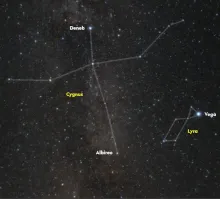Constellation Aquarius
Aquarius is a zodiac constellation, representing the water bearer, and is one of the oldest recognized constellations in the night sky. It is located in the region of the sky known as the "Sea," which is home to other water-related constellations like Pisces and Capricornus. Aquarius is a large constellation but relatively faint, making it somewhat challenging to observe without ideal conditions.







